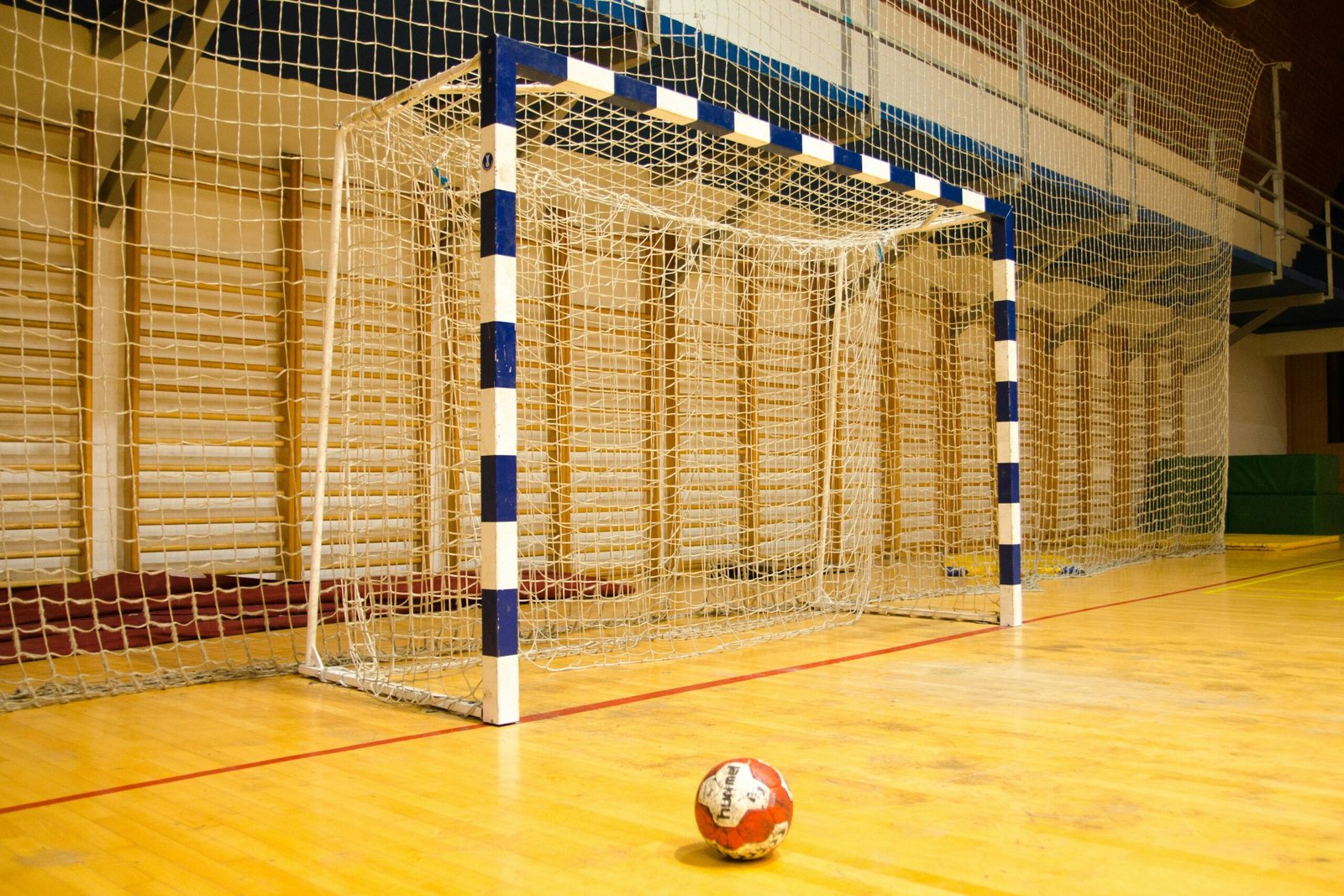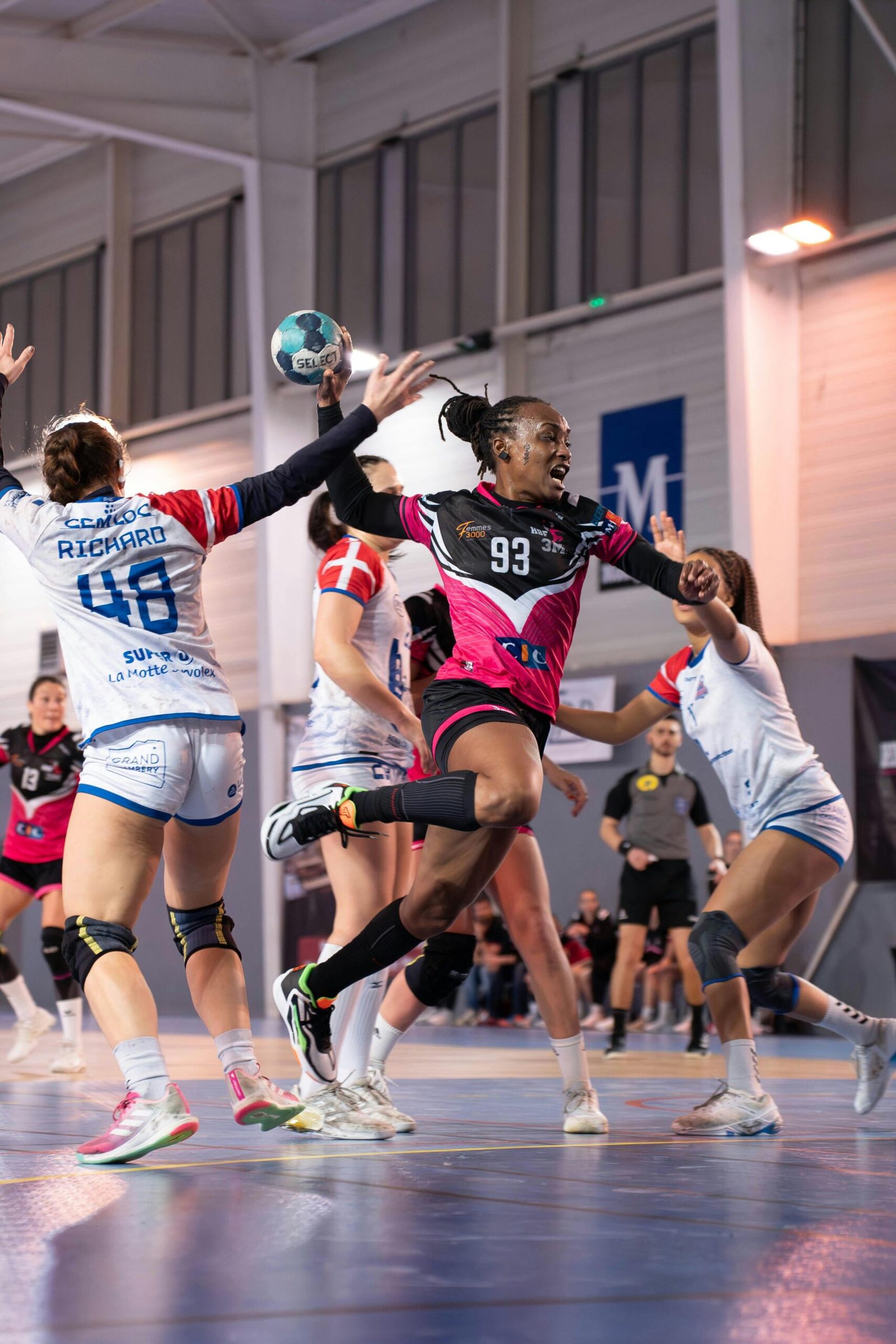Substitutions play a vital role in handball, ensuring high intensity and strategic flexibility throughout the match. Unlike many sports, handball allows rolling substitutions, which means players can be switched on and off the court multiple times without formal stoppages. This blog will guide you through the official substitution rules in handball, key strategies, and common mistakes to avoid.
Basic Substitution Rules
Handball substitutions follow a few straightforward yet critical rules:
Unlimited Substitutions
- Teams can make an unlimited number of substitutions during the game.
- Players can return to the court multiple times after being subbed off.
No Need to Stop Play
- Substitutions do not require the game to stop.
- Substitutions can be made at any time, including during active play.
Substitution Area
- Players must enter and exit through the designated substitution area.
- Only the side of the court assigned to the team may be used for substitutions.
One In, One Out
- A player must leave the court before their replacement can enter.
- If the new player enters too early, the team may be penalised with a two-minute suspension.
Tactical Use of Substitutions
Coaches use substitutions to maintain player performance, respond to opponents’ strategies, or adjust team dynamics. Common tactical uses include:
Rotating Players to Manage Fatigue
- Due to the high-intensity nature of handball, frequent substitutions help keep players fresh.
- Starters may be rotated every few minutes, especially in defence-heavy positions.
Specialist Substitutions
- Offensive specialists may replace defensive players during attacking phases.
- Goalkeeper substitutions are common when preparing for a penalty throw.
Situational Swaps
- In the final minutes, experienced or taller players may be brought on for specific scenarios like blocking or man-to-man marking.
- Teams sometimes substitute a goalkeeper for an additional outfield player during a power play.
Goalkeeper Substitution Rule
Goalkeepers follow the same substitution rules as outfield players but also include:
- A goalkeeper can be replaced with an extra court player.
- The substitute outfield player must wear a distinct bib or shirt (often in a different colour) to indicate they are acting as a goalkeeper.
Substitution Errors and Penalties
Mistakes during substitution can result in penalties, such as:
- Too many players on court: Results in a two-minute suspension for the last player to enter.
- Improper entry/exit: Using the wrong area or entering before a teammate has exited is penalised.
- Incorrect goalkeeper substitution: Failure to wear a distinguishing bib results in a technical fault.
Two-Minute Suspension
The most common penalty for substitution infractions is a two-minute suspension, during which the team must play with one fewer player.
Coaching and Communication
Effective communication between players and coaching staff is vital for clean substitutions. Teams often practise substitution timing and signals to avoid penalties.
- Coaches usually instruct players in advance when and whom they will replace.
- Benches use verbal cues or hand signals to coordinate substitutions.
Substitution During Stoppages
While not necessary, teams may choose to substitute players during time-outs, referee stoppages, or injuries for convenience and clarity.
Final Thoughts
Understanding and mastering handball’s substitution rules can give your team a strategic edge. Clean, tactical substitutions can keep your team fresh, adaptable, and ready for the demands of a fast-paced game. Whether you’re a beginner or an experienced player, always follow substitution protocols to maintain flow and avoid penalties.



